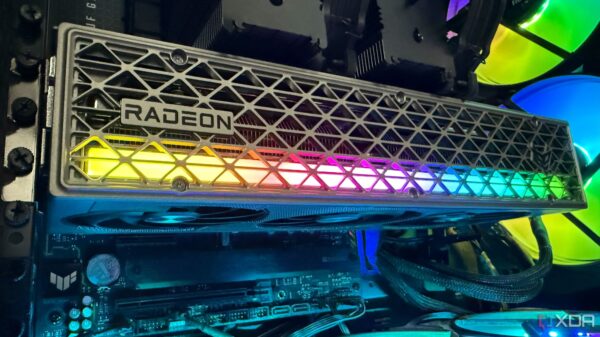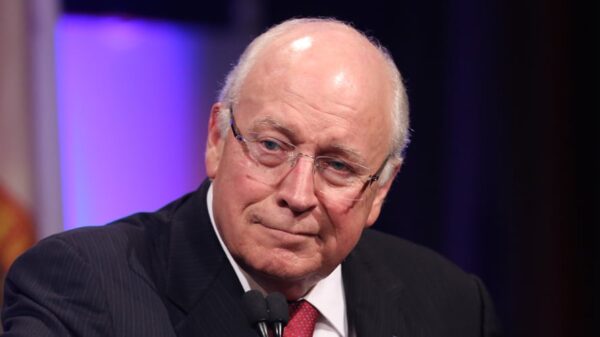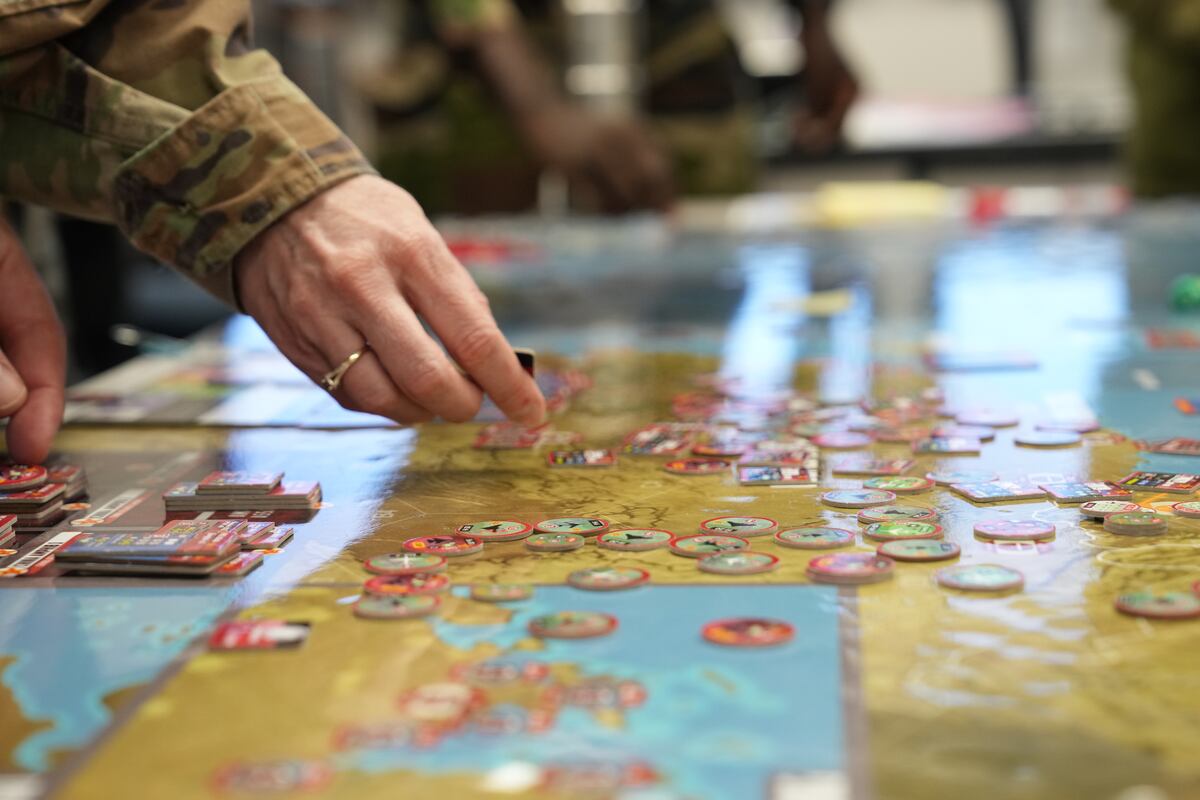The landscape of defense wargaming is undergoing a dramatic transformation as advanced technologies, particularly artificial intelligence (AI), begin to redefine traditional methodologies. At the forefront of this evolution are experts from the Johns Hopkins Applied Physics Laboratory (APL), who are merging generative AI and sophisticated modeling to enhance wargaming practices. This shift mirrors the revolutionary changes witnessed in professional sports, particularly baseball, where analytics and human intuition combine to yield superior results.
Wargaming has long been a crucial tool for understanding military dynamics and decision-making under uncertain conditions. The practice emphasizes human judgment and experiential learning, allowing analysts and military leaders to simulate complex scenarios that reflect the unpredictable nature of warfare. However, traditional wargaming often requires extensive planning, relying on experienced players who understand the intricacies of global conflicts. This process can take months, limiting the number of scenarios that can be explored and the frequency of wargames.
Integrating AI into wargaming can change this dynamic. Generative AI has the potential to simulate human-like decision-making, enabling a more extensive range of scenarios to be tested with fewer participants. For instance, using AI alongside physics-based modeling allows analysts to assess interactions between various military assets, such as whether a F-35 fighter jet would be detected in a given situation. This capability not only broadens the scope of wargames but also enhances the speed at which they can be conducted.
The implications of this integration are significant. Experts at APL report that they can now develop new scenarios within days, employing a combination of AI and human analysts to explore multiple iterations of a potential conflict. While AI is not infallible, its ability to quickly iterate through scenarios allows for the examination of diverse human and AI behaviors. With this approach, military strategists can identify critical scenarios requiring deeper discussion and analysis.
Andrew Mara, the head of the National Security Analysis Department at APL, emphasizes that the future of wargaming does not necessitate a lengthy debate between traditionalists and technologists. Instead, collaboration between these two groups is essential. Just as in baseball, where a blend of human expertise and advanced analytics has become the norm, wargaming is poised to evolve in a similar manner.
Kelly Diaz, who leads the Advanced Concepts and Capabilities program at APL, highlights the importance of innovative, data-driven strategies in addressing complex national security challenges. Meanwhile, Kevin Mather oversees the development of advanced modeling and simulation tools, ensuring that wargaming remains relevant in an ever-changing security landscape.
In essence, the integration of AI into wargaming represents a pivotal moment akin to the “Moneyball” phenomenon in sports. It allows military leaders to engage in critical discussions informed by a broader array of scenarios and outcomes, enhancing their strategic decision-making capabilities. As the field progresses, the collaborative efforts of traditional wargamers and technology experts will be crucial in shaping the future of defense strategy.




































































